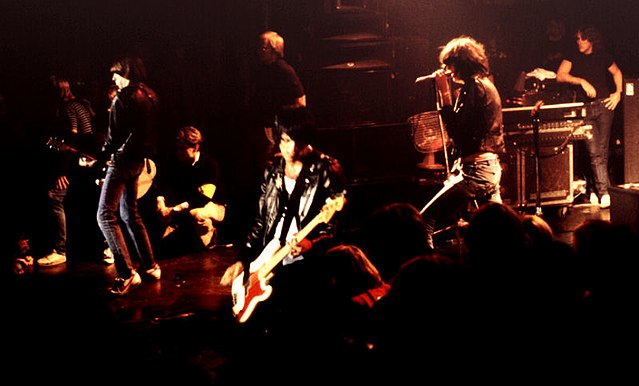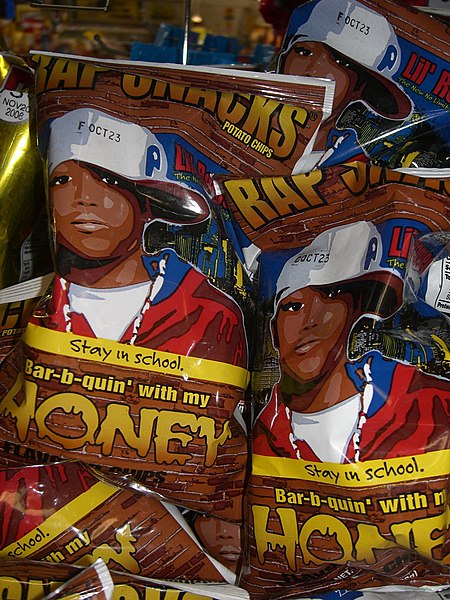The furry fandom is a subculture interested in anthropomorphic animal characters. Some examples of anthropomorphic attributes include exhibiting human intelligence and facial expressions, speaking, walking on two legs, and wearing clothes. The term "furry fandom" is also used to refer to the community of people who gather on the Internet and at furry conventions.
A large group of fursuit owners at a furry convention
Sculpture at Further Confusion
Furry fans prepare for a race at Midwest FurFest 2006.
Some furry fans create and wear costumes called "fursuits" depicting their characters.
A subculture is a group of people within a cultural society that differentiates itself from the conservative and standard values to which it belongs, often maintaining some of its founding principles. Subcultures develop their own norms and values regarding cultural, political, and sexual matters. Subcultures are part of society while keeping their specific characteristics intact. Examples of subcultures include BDSM, hippies, hipsters, goths, steampunks, bikers, punks, skinheads, gopnik, hip-hoppers, metalheads, cosplayers, otaku, otherkin, furries, and more. The concept of subcultures was developed in sociology and cultural studies. Subcultures differ from countercultures.
A goth couple attending the Whitby Goth Weekend festival, dressed in typical Gothic Victorian and Elizabethan styles
Members of the seminal punk rock band Ramones wearing early punk fashion items such as Converse sneakers, black leather jackets, and blue jeans
Trekkies are a subculture of Star Trek fans.
Potato chip packages featuring hip hop subcultural designs in a case of mainstream commercial cultural merging








